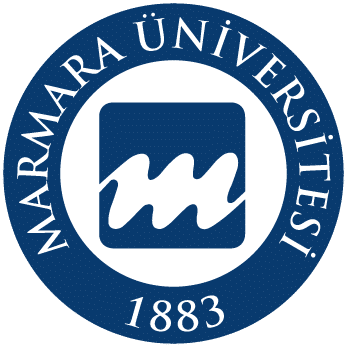Comparison of Sugammadex and Neostigmine in Terms of Awakening, Pain, Agitation, Nausea and Vomiting in Pediatric Patients''
In this study, it was aimed to compare the use of sugammadex instead of neostigmine + atropine in the reversal of NMB in children undergoing lower abdominal surgery or urogenital surgery, and to compare the rates of postoperative agitation, nausea and vomiting using the FLACC scale, PAED scale and ICC parameters.After the approval of the local ethics committee and written consent from the family, patients who underwent ASA 1, 5-12 years old lower abdomen surgery or urogenital surgery in Pendik Training and Research Hospital will be included in the study.
The patients included in the study will be those who were maintained with routine 2-3% sevoflurane inhalation anesthetic and 0.2mcg/kg/min remifentanil intravenous anesthetic, and decurarized with 0.5-1 mg/kg rocuronium. No drugs other than those administered by the responsible Anesthesiologist during the operation will be administered.
The patients included in the study will be divided into 2 groups according to the agent used in decurarization. There is no condition for the number of patients in the group to be equal. Group N; neostigmine+atropine, GROUP S; This will be the group of patients decurarized with sugammadex.
0-45 days after patients are extubated. And at the 2nd hour, FLACC Scale (Pain Diagnostic Scale), PAED (Pediatric Anesthesia Recovery Delirium) Scale assessment methods will be compared in terms of pain and agitation. Nausea and vomiting will be noted as yes/no.
Is Aminophylline More Effective Than Neostigmine/Atropine Mixture in the Treatment of Post-dural Puncture Headache: A Randomized Clinical Trial
Objectives: To compare the safety and efficacy of IV aminophylline versus IV neostigmine/atropine mixture in the treatment of post-dural puncture headache (PDPH).
Background: PDPH is the most frequent complication of procedures associated with dural puncture for spinal anesthesia or following accidental dural puncture during epidural anesthesia. Since invasive treatments have known complications, pharmacologic management may be preferable.
Patients and Methods: This was a prospective, randomized, double-blind, phase four clinical trial; carried out on 60 patients presented with PDPH at our hospital. Patients were randomly allocated into two equal groups (30 patients each); group A, received IV aminophylline, and group NA, received IV neostigmine/atropine mixture.
Comparison of The Severity of Agitation of Sugammadex and Atropine-Nesostigmine in Adenotonsillectomy in Pediatric Patients? : a Double Blind Randomised Clinical Trial
the use of sugammadex during the reversal of neuromuscular blocking after adenotonsillectomy surgery in pediatric patients would be advantageous in terms of patient comfort and reducing side effects. Thus, we aimed to evaluate the time to extubation, agitation and pain scores in pediatric patients who underwent adenotonsillectomy and awakened with neostigmine and sugammadex in our study.
100 项与 甲硫酸新斯的明/阿托品 相关的临床结果
100 项与 甲硫酸新斯的明/阿托品 相关的转化医学
100 项与 甲硫酸新斯的明/阿托品 相关的专利(医药)
100 项与 甲硫酸新斯的明/阿托品 相关的药物交易








